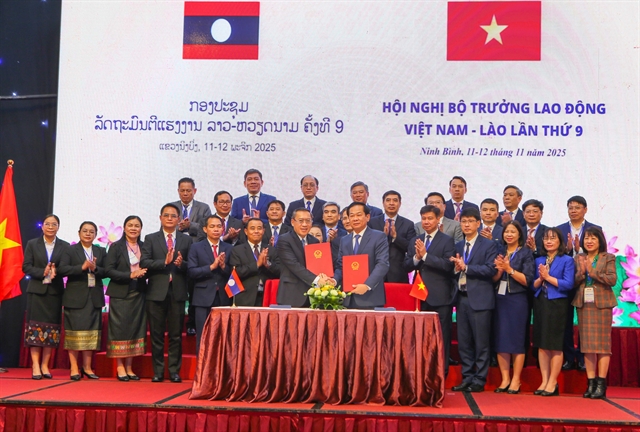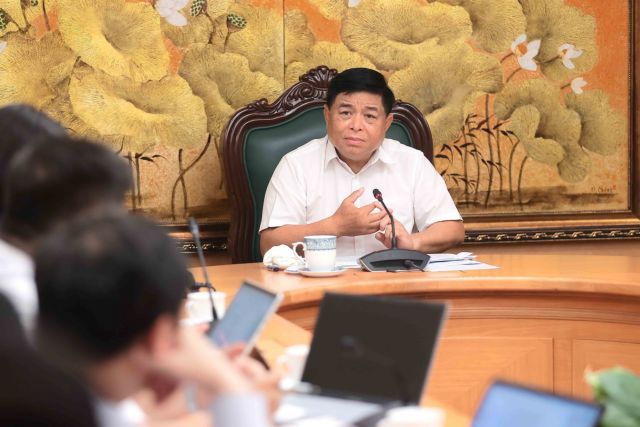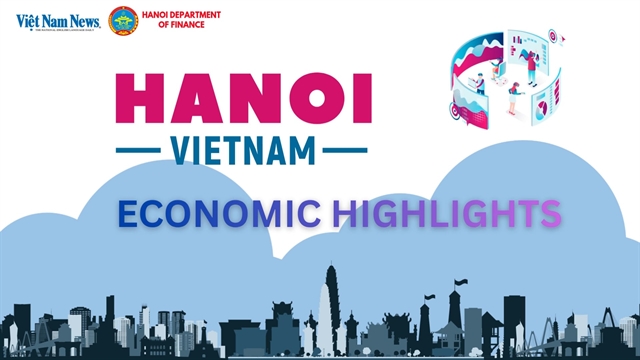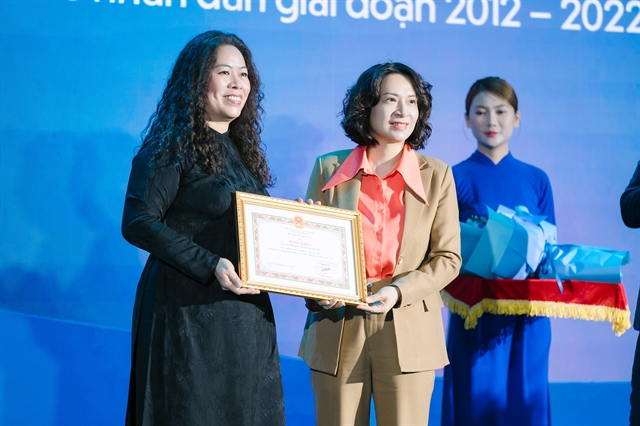 Politics & Law
Politics & Law


|
| Deputy Prime Minister Nguyễn Chí Dũng speaks at the meeting on Thursday.— VNA/VNS Photo |
HÀ NỘI — Deputy Prime Minister Nguyễn Chí Dũng has called for a clear and appealing legal framework to boost investment and business activities in high-tech and strategic technology sectors.
At a meeting on Thursday to review draft laws prepared by the Ministry of Science and Technology for submission to the 10th session of the 15th National Assembly, the Deputy PM stressed the need for both urgency and quality in the drafting process.
Deputy Minister of Science and Technology Phạm Đức Long outlined plans to submit four draft laws for approval: the Law on Digital Transformation; the Law amending the Law on Intellectual Property; the revised Law on High Technology; and the Law amending the Law on Technology Transfer.
The ministry is also tasked with drafting the Law on Artificial Intelligence (AI).
The deadline to complete and submit these drafts by August 30 presents a significant challenge.
The draft Law on Digital Transformation covers six policy areas: promoting comprehensive digitisation and integration of physical and virtual worlds; developing 'Digital Twins' and data from physical–digital infrastructure; accelerating digital government rollout; fostering the digital economy, especially platform-based sectors; promoting a digital society, including defining digital citizenship; and policies for building this digital society.
It institutionalises Party and State policy on digital infrastructure development, including financing, online monitoring, performance evaluation, human resource standards, technical standards, data provision, and cybersecurity.
For the revised Law on High Technology, the focus is on refining definitions and criteria, redesigning preferential and investment policies, encouraging high-tech ecosystems, adding provisions on high-tech zones and urban areas, improving state management and oversight and introducing digital transformation requirements for high-tech activities.
Amendments to the Law on Intellectual Property aim to support the creation and commercialisation of IP assets, simplify administrative procedures, improve enforcement, ensure compliance with international commitments and update regulations to address emerging global IP challenges aligned with national development.
Changes to the Law on Technology Transfer will enhance state management, monitoring, statistics and evaluation of technology transfer activities.
Deputy PM Dũng described the drafting process as an opportunity to better systematise and harmonise science and technology legislation. He praised the ministry’s efforts but highlighted two main challenges: the tight schedule and the risk of overlaps or conflicts among amended laws.
He stressed the importance of clearly defining principles, objectives, legal grounds and expected benefits, supported by thorough impact assessments.
"There cannot be a regulation that exists in two separate laws, and certainly no provision in one law should contradict a provision in another. Therefore, the review work must be carried out with the utmost care," he said.
He instructed the ministry to ensure the drafts fully reflect the Politburo’s views and policies, address sector bottlenecks and propose appropriate mechanisms.
He also called for analysing global trends and reviewing successful international experiences.
On intellectual property, he urged speeding up pending applications and ensuring Việt Nam meets its international obligations.
Regarding technology transfer, he emphasised reviewing preferential policies, addressing shortcomings and proposing incentives to promote research, development, transfer and mastery of advanced and environmentally friendly technologies. — VNS




